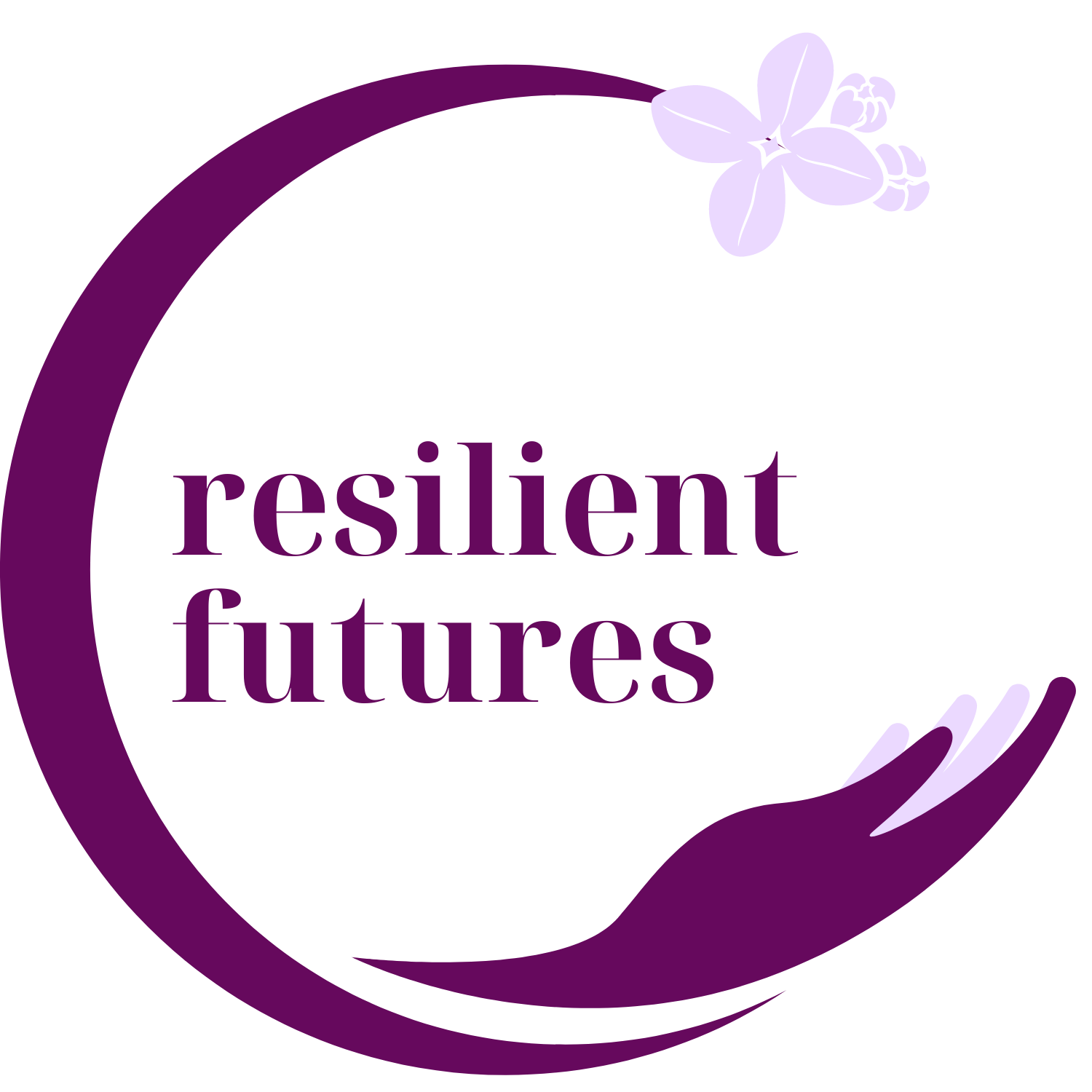Prioritizing Teacher Well-being: Nurturing the Backbone of Education
In the modern world of Education, teachers bear the weight of shaping future generations. But behind the classroom doors, a silent crisis continues to build - the well-being of educators remains alarmingly neglected. Prioritizing teacher well-being and self-care is not just a moral imperative but a necessity for the sustainability of the education system.
Sign up to read this post
Join Now
